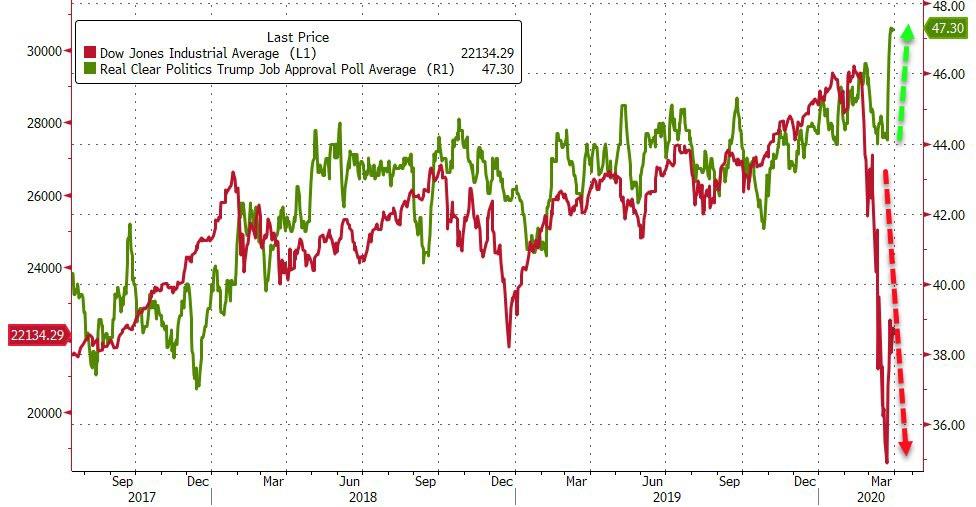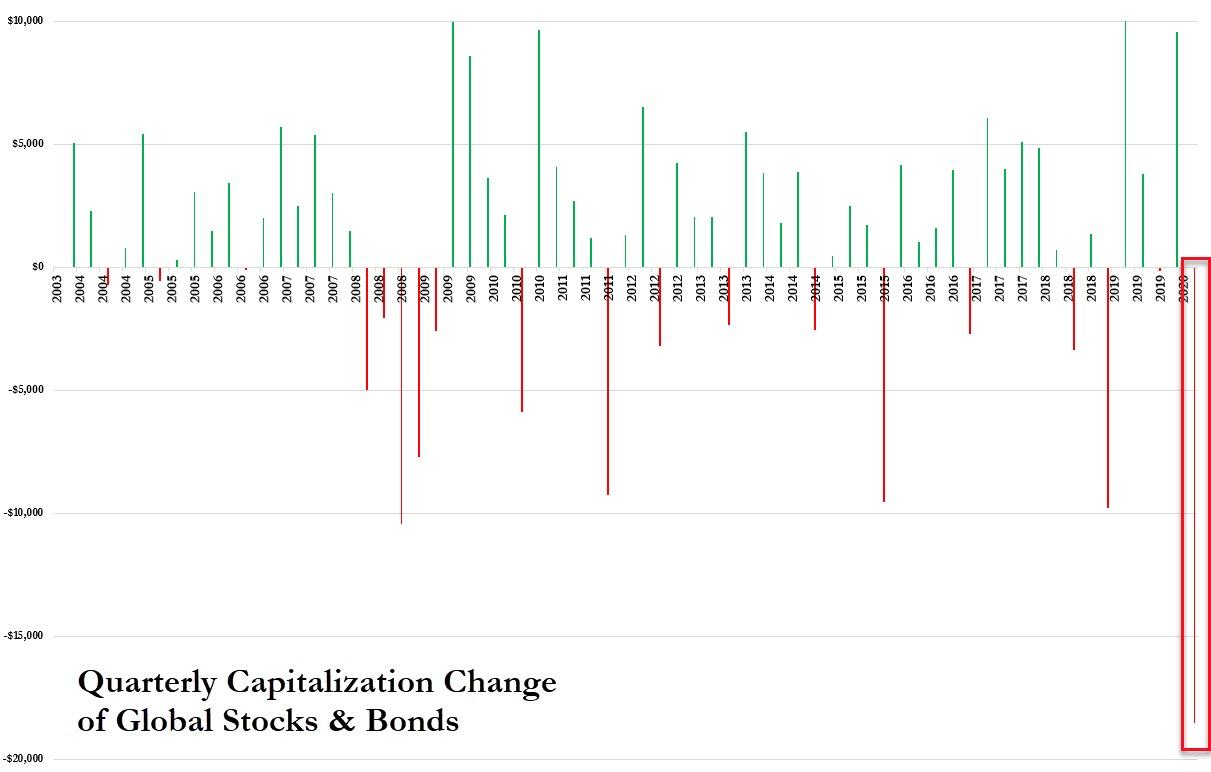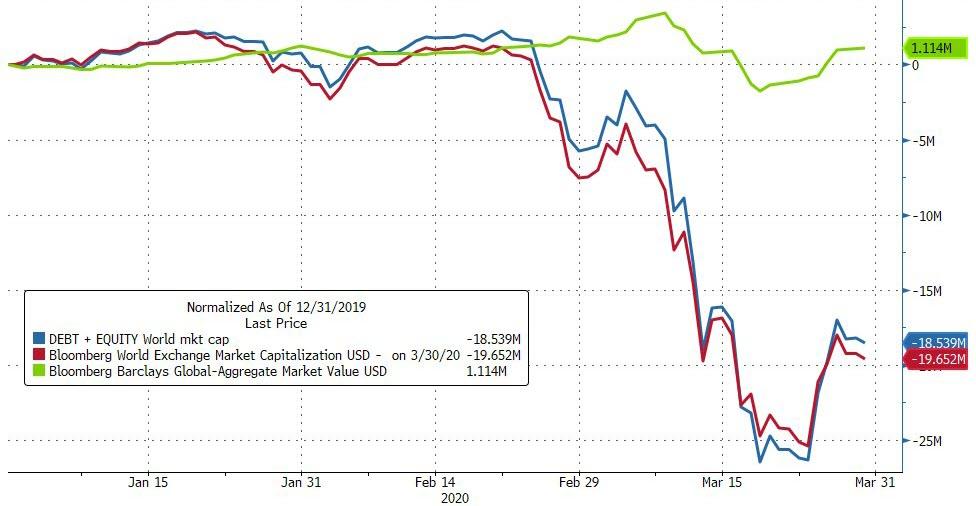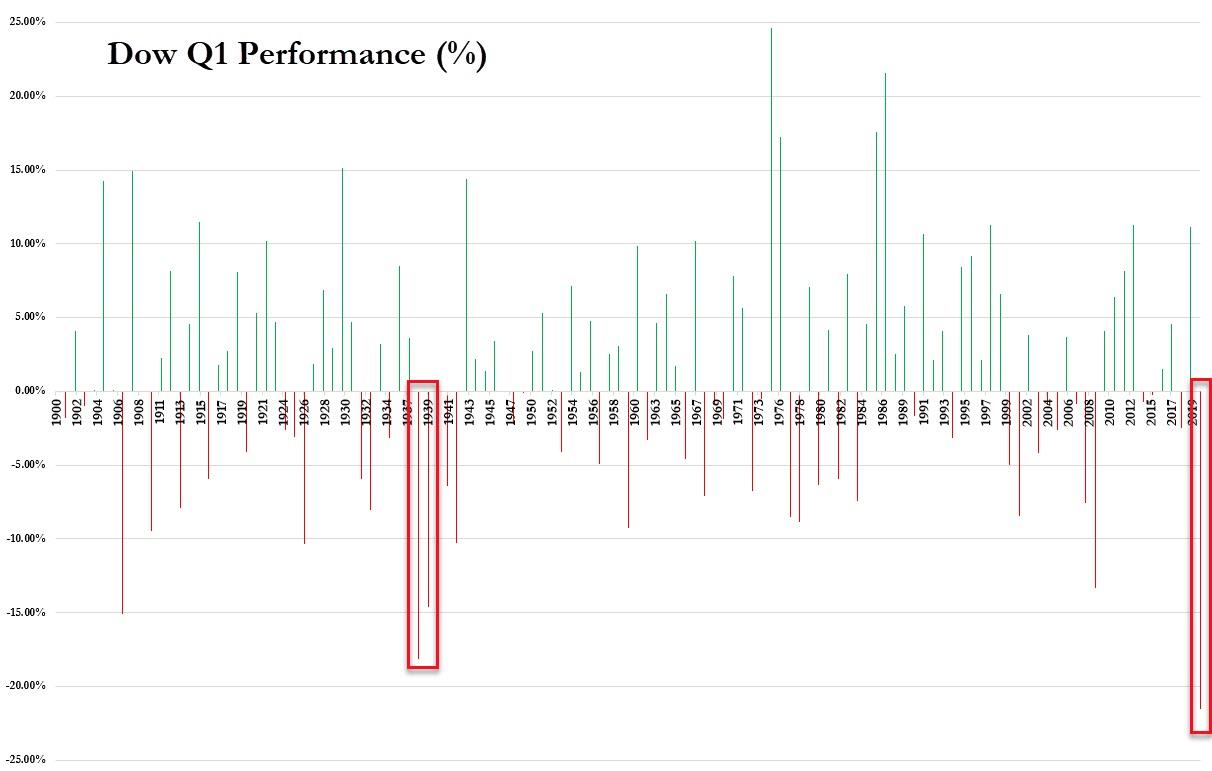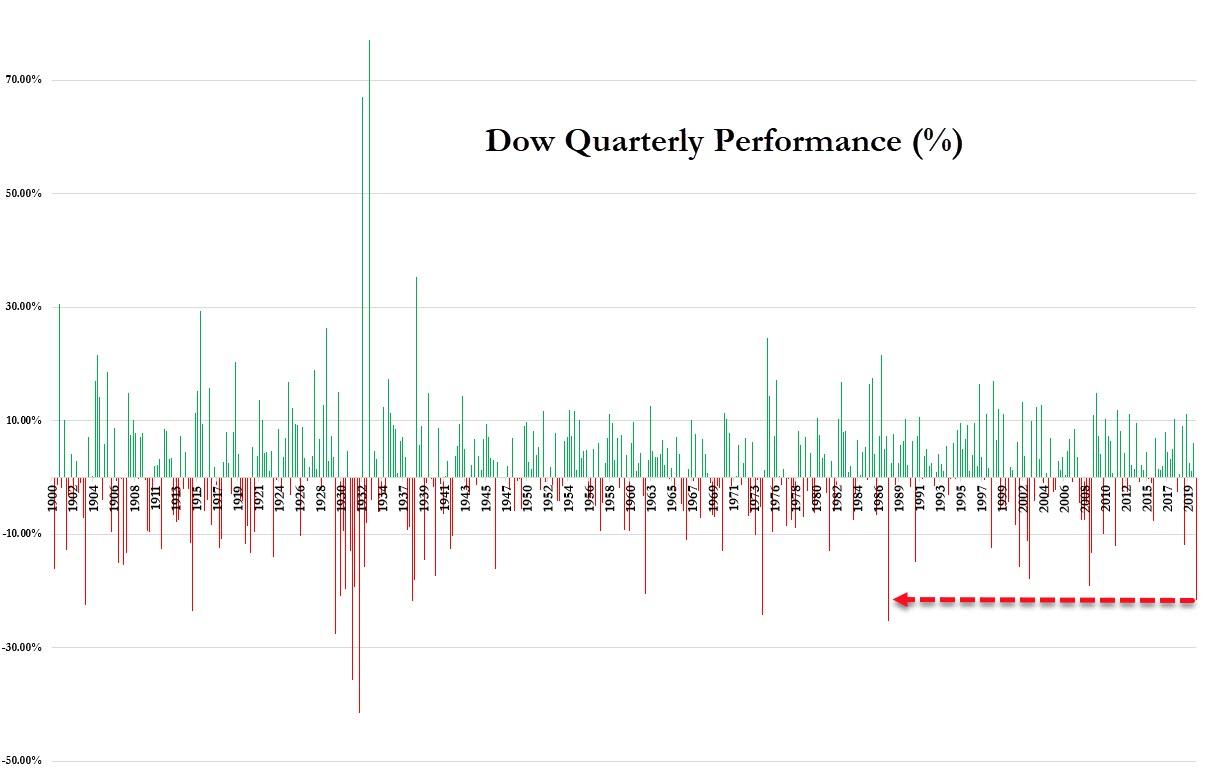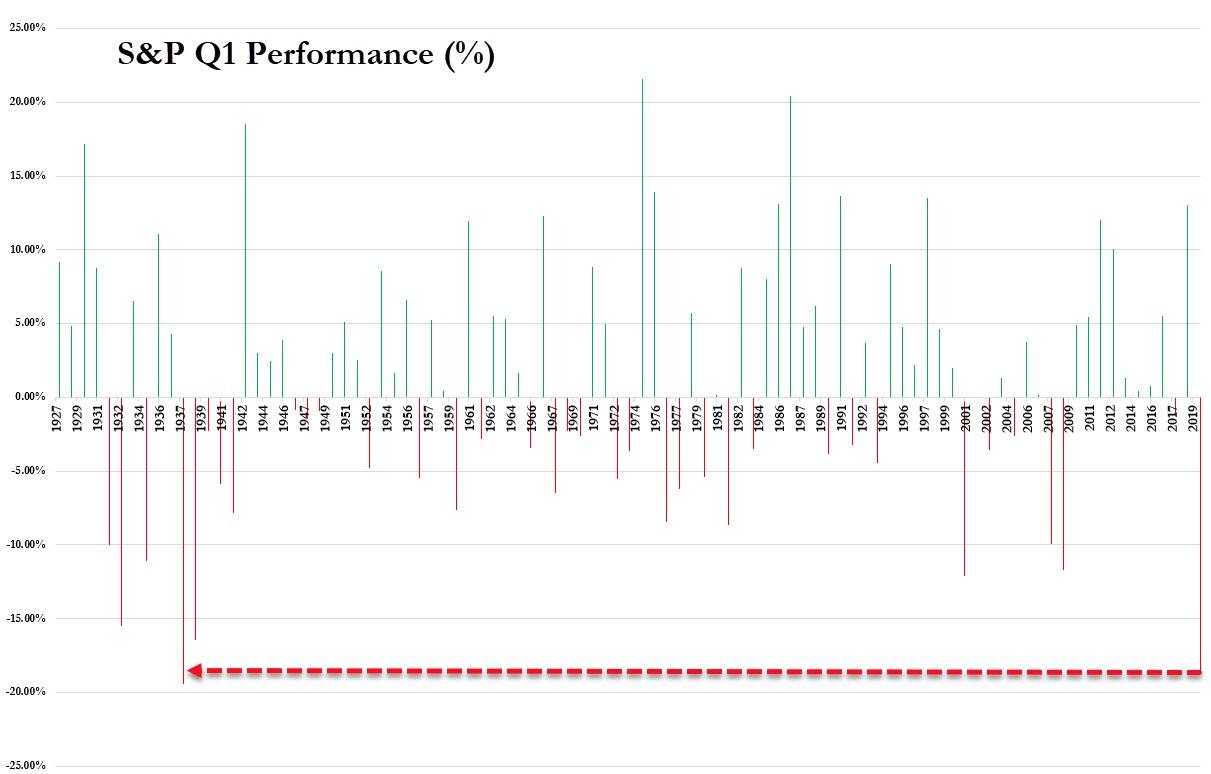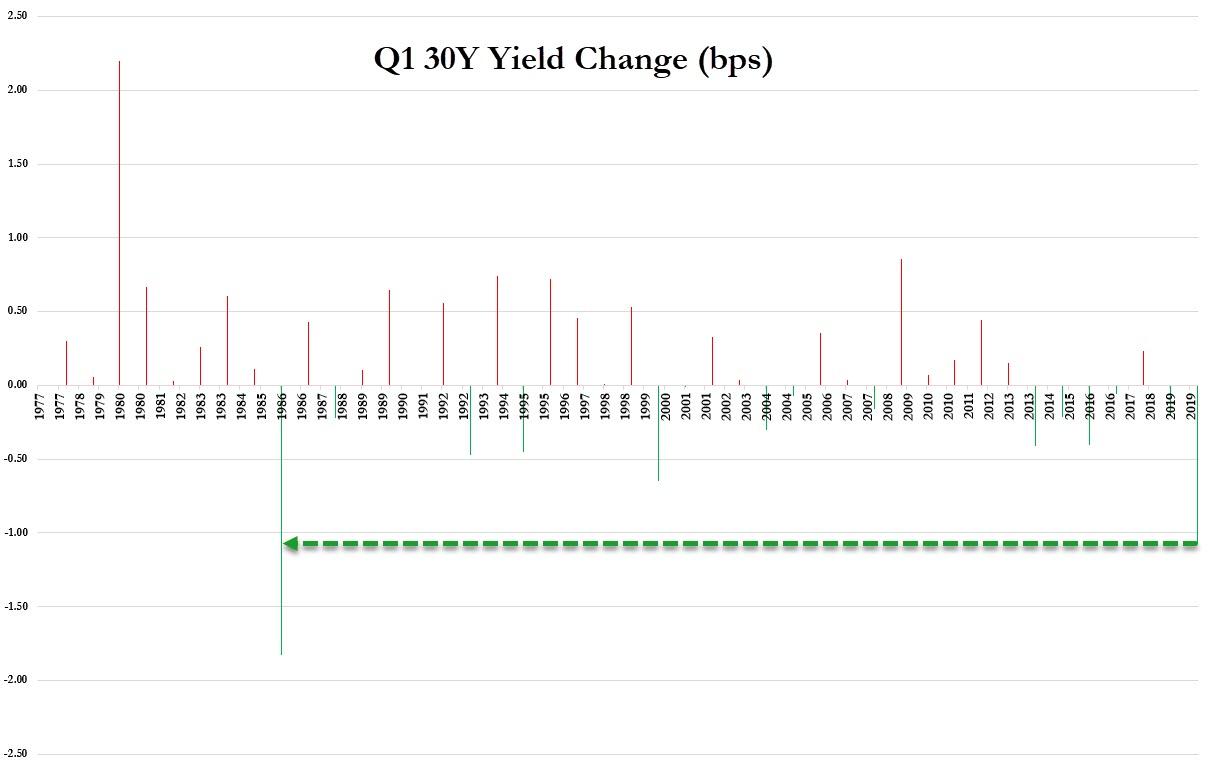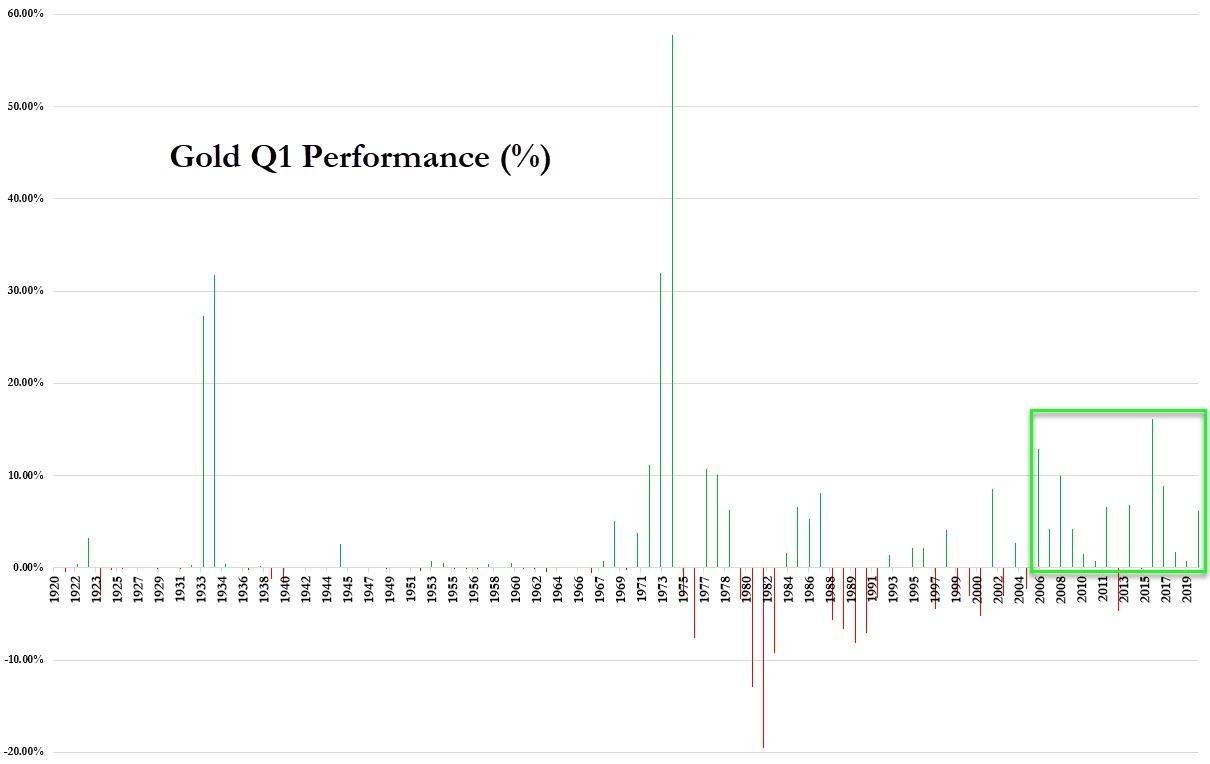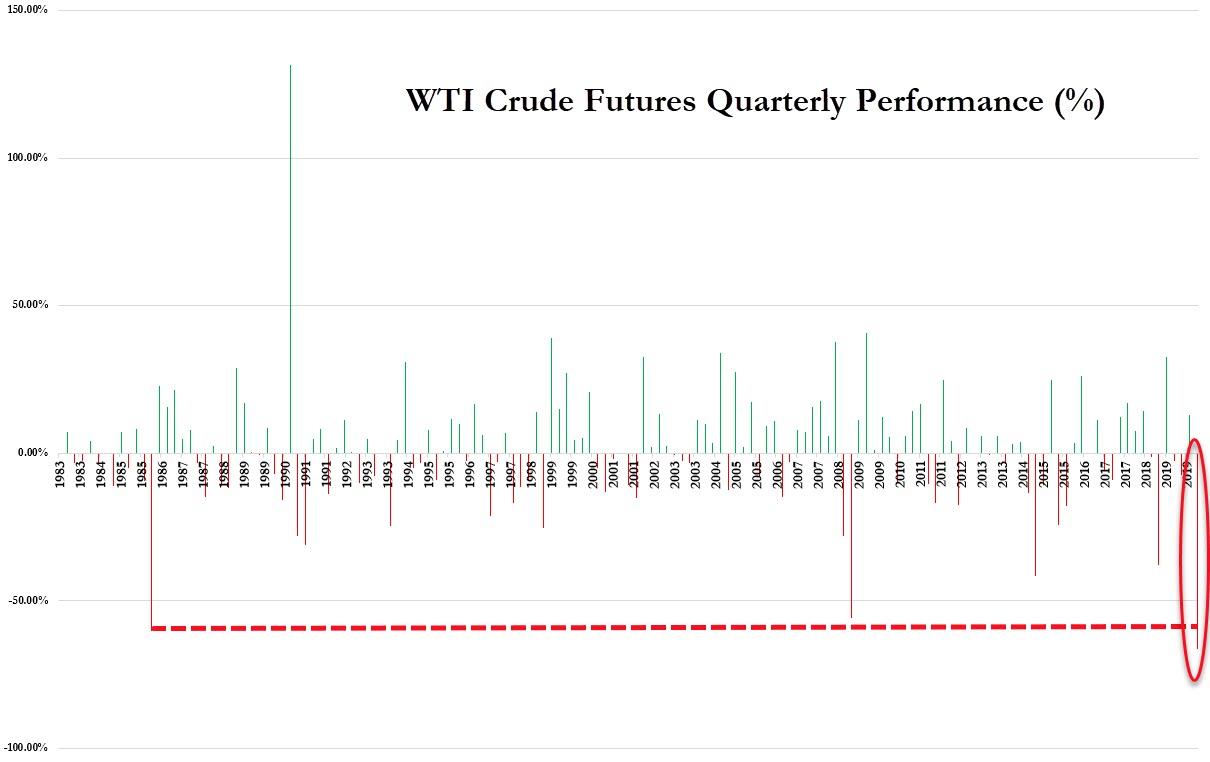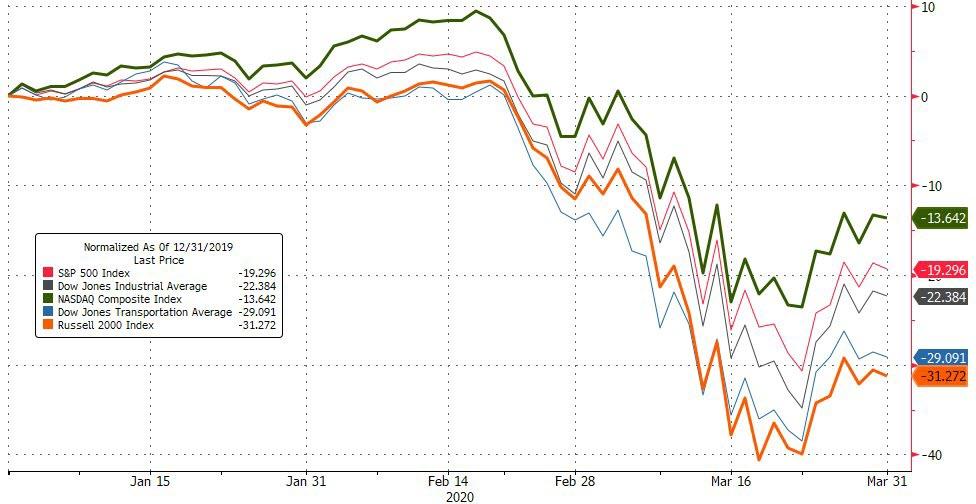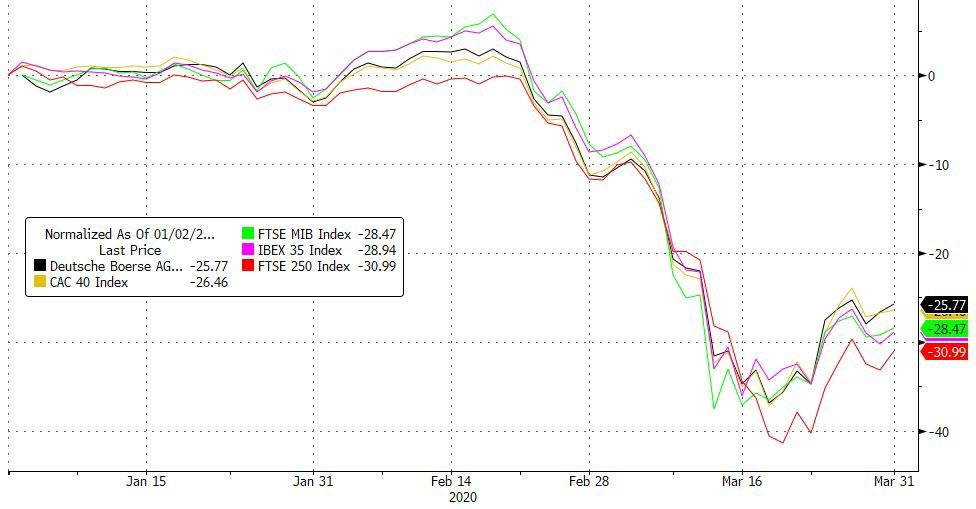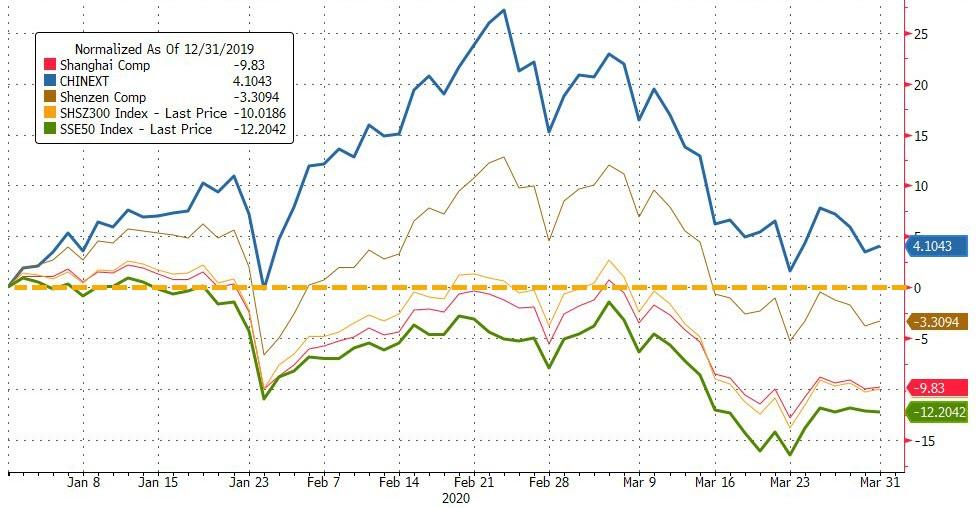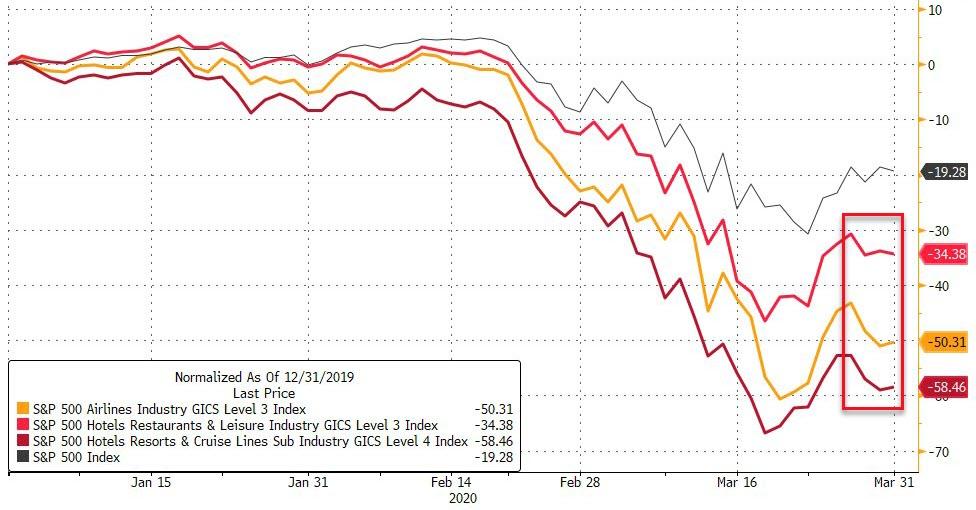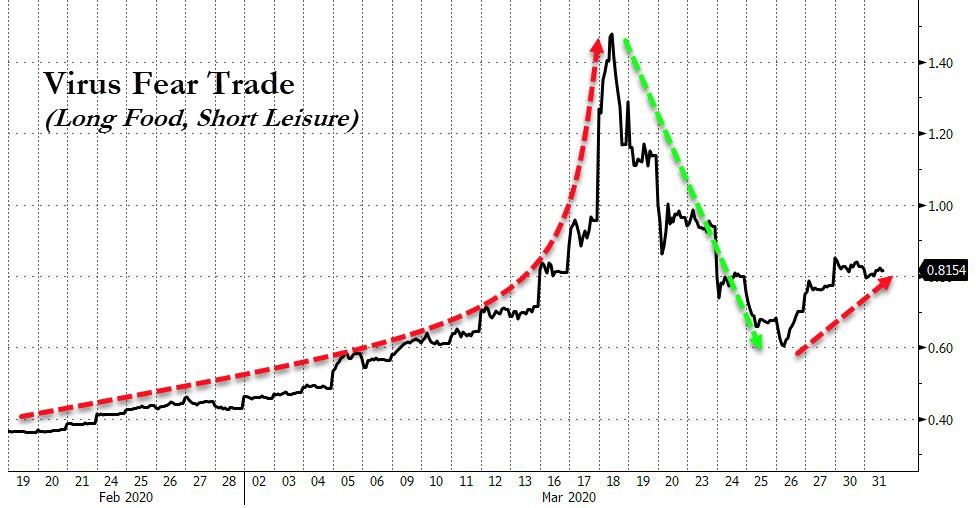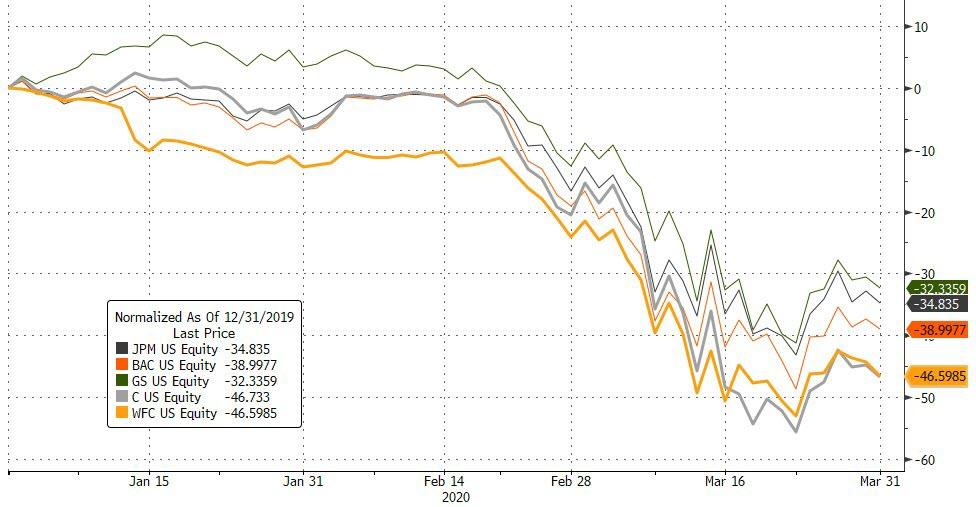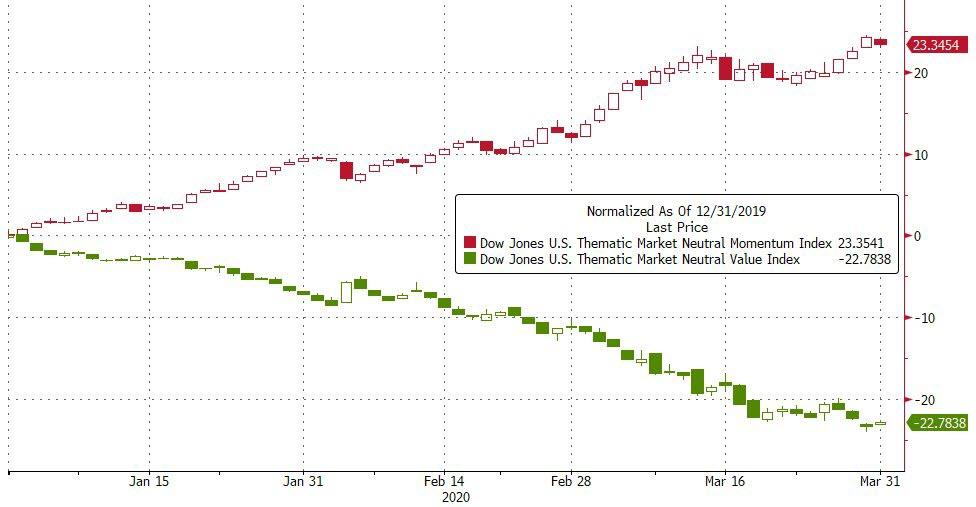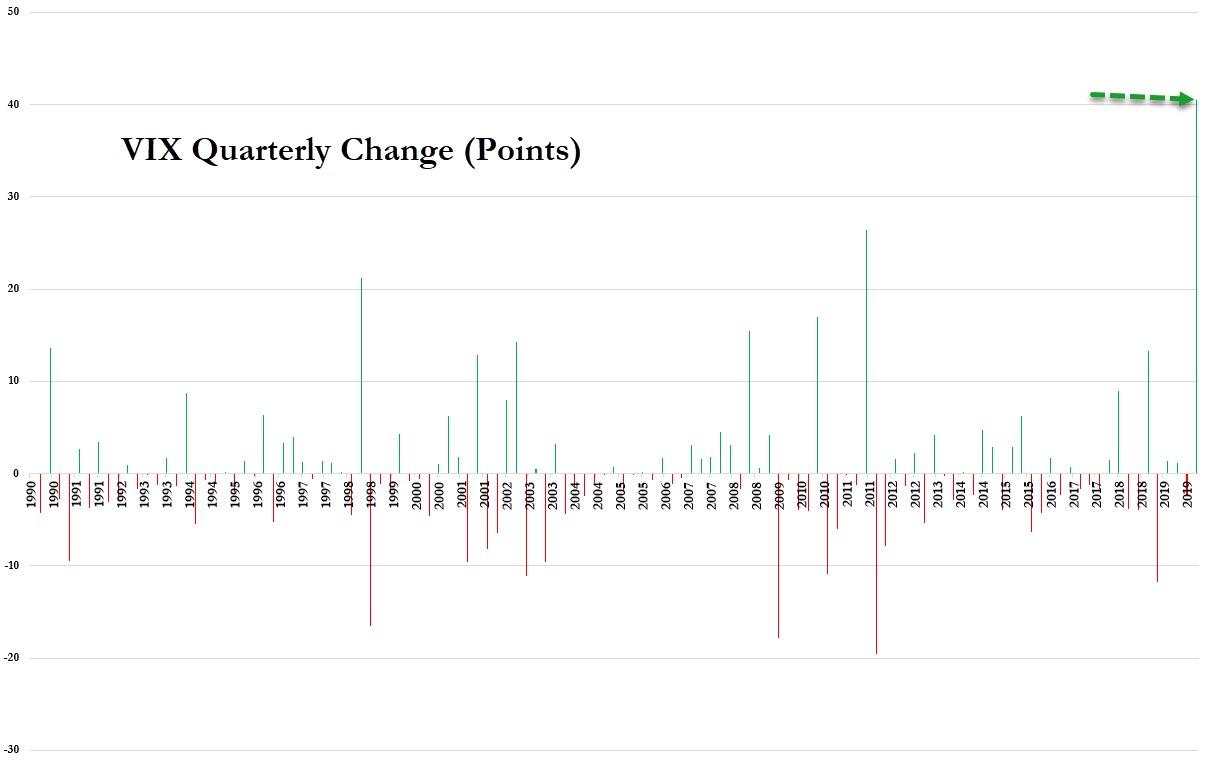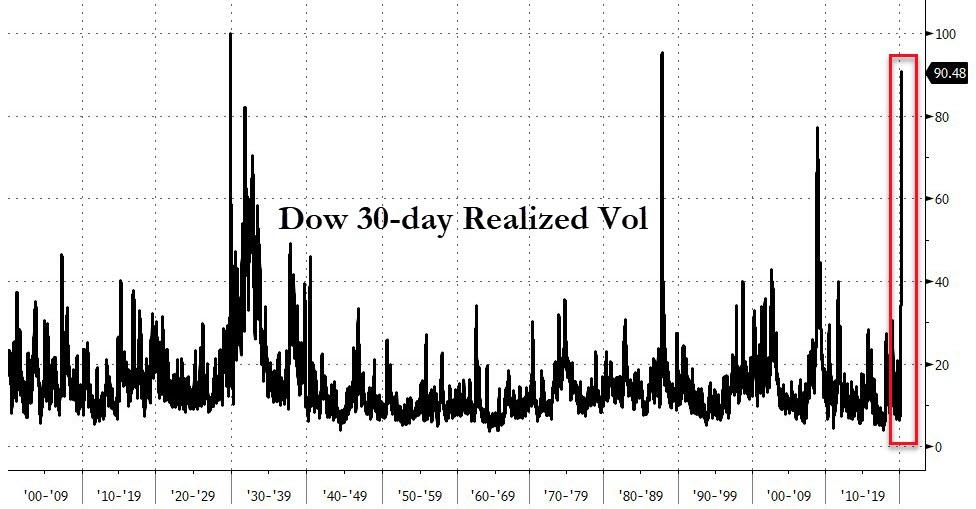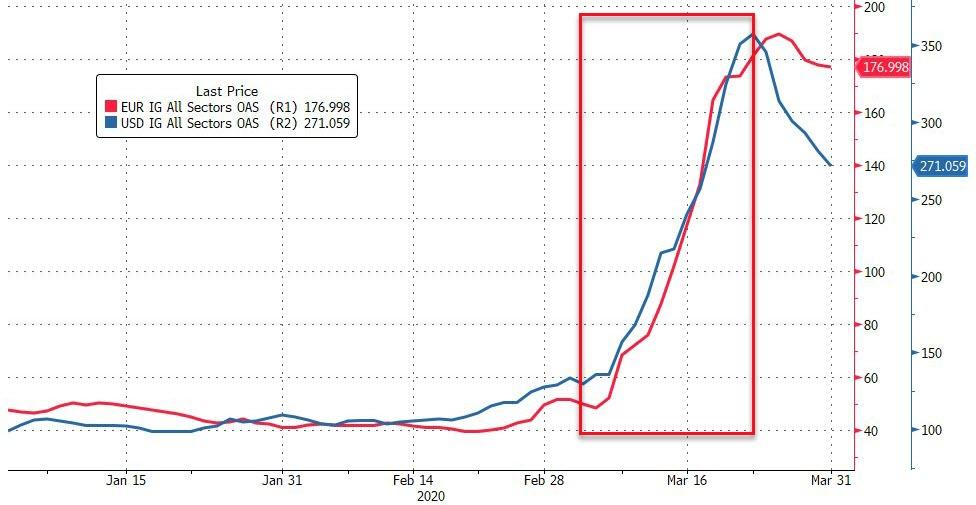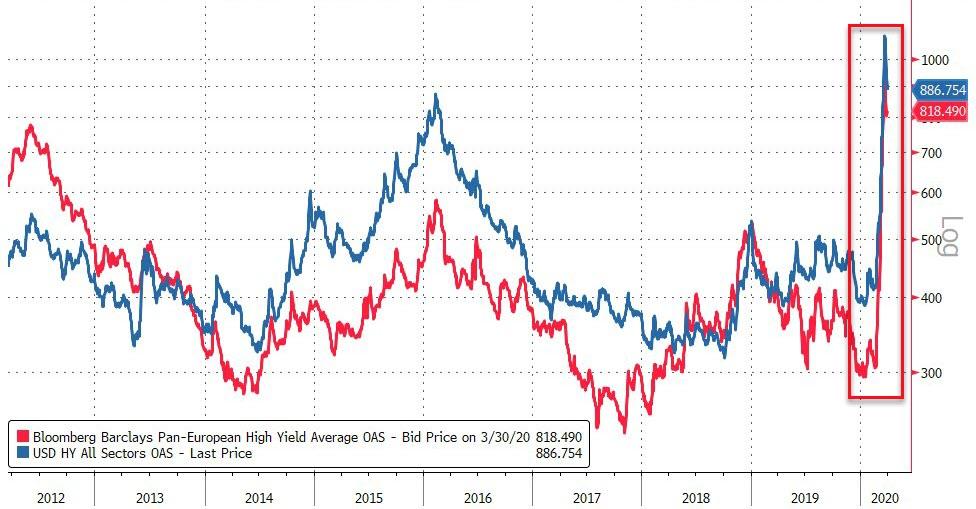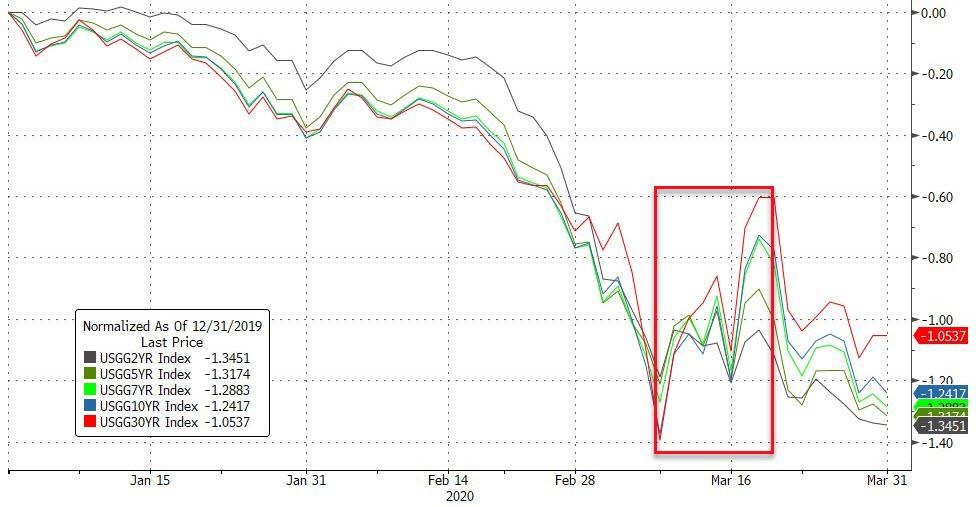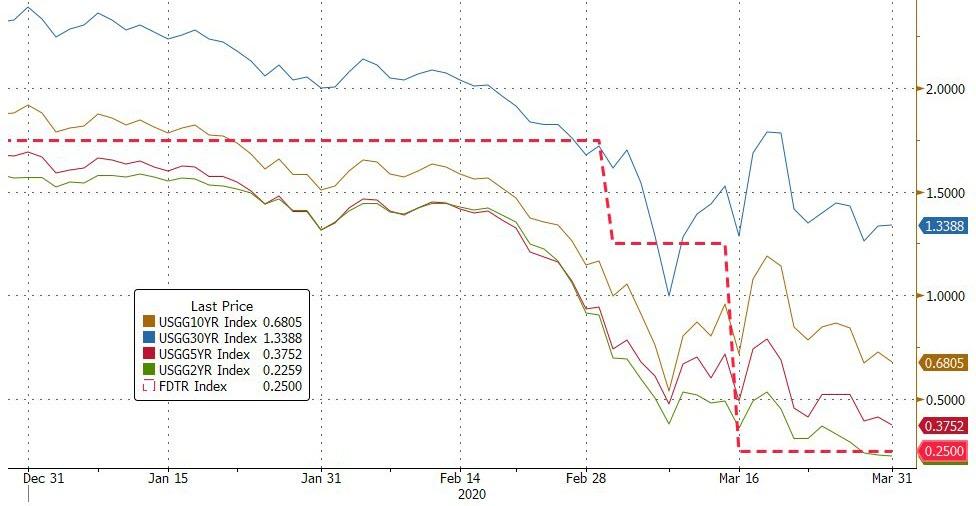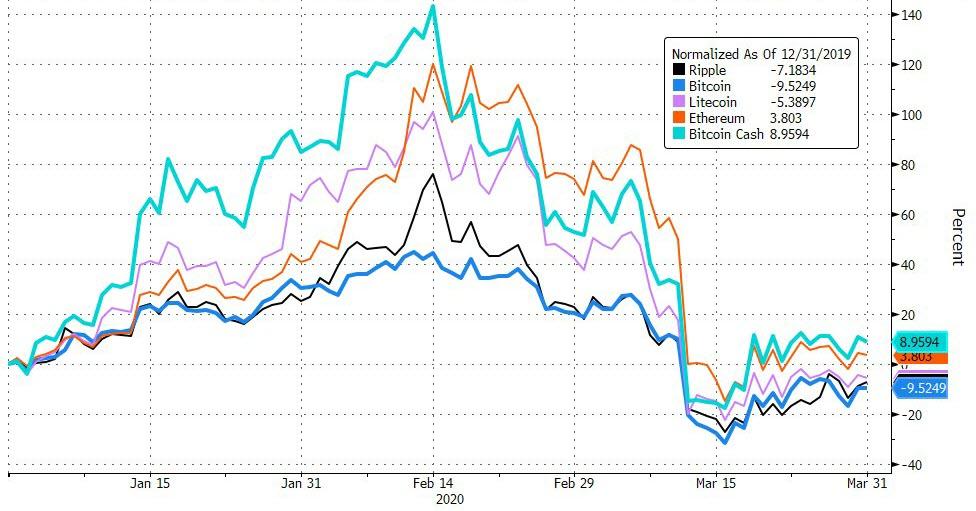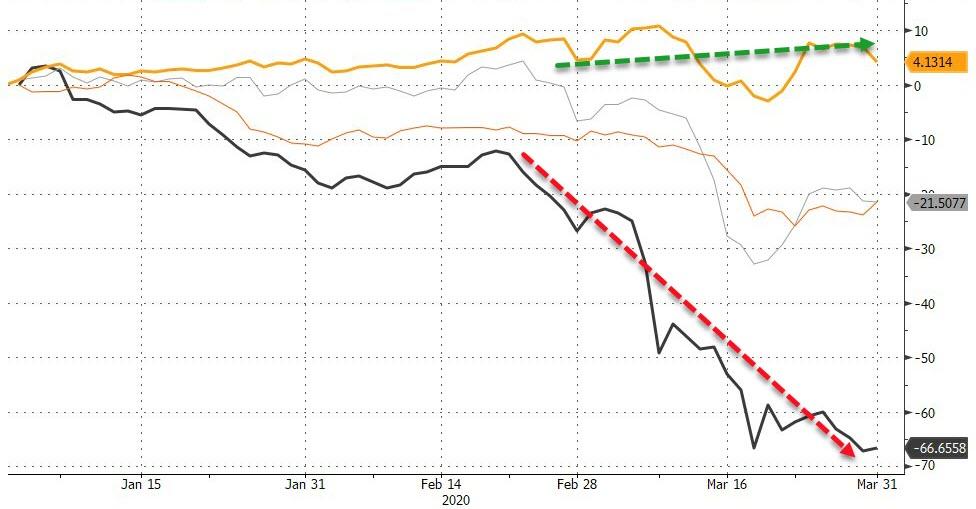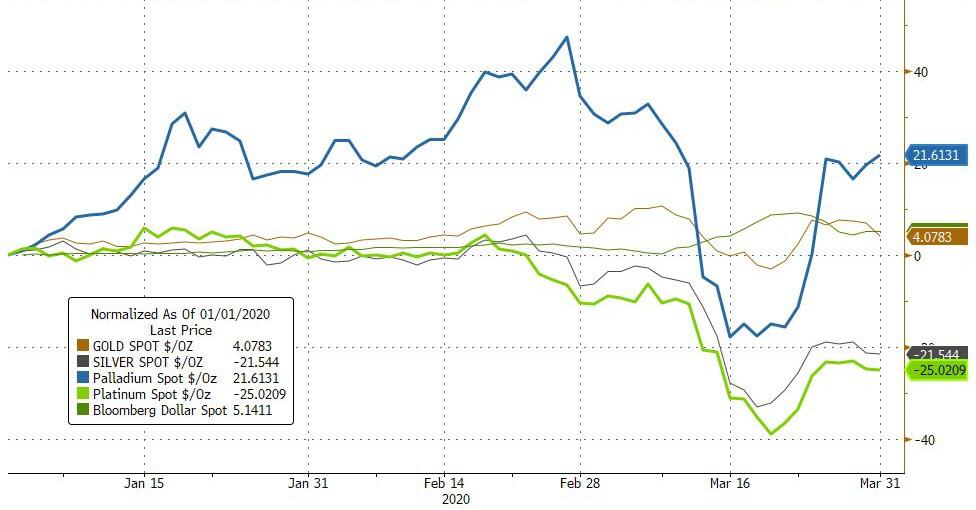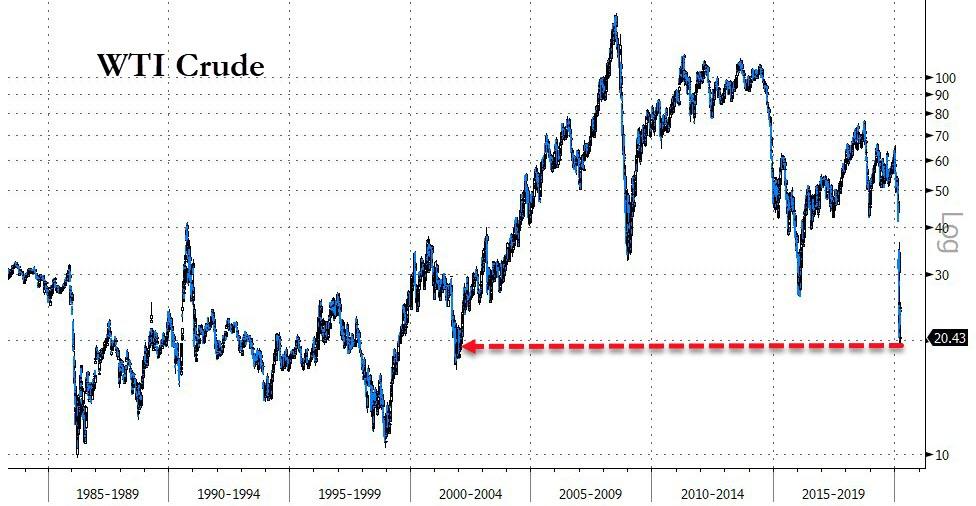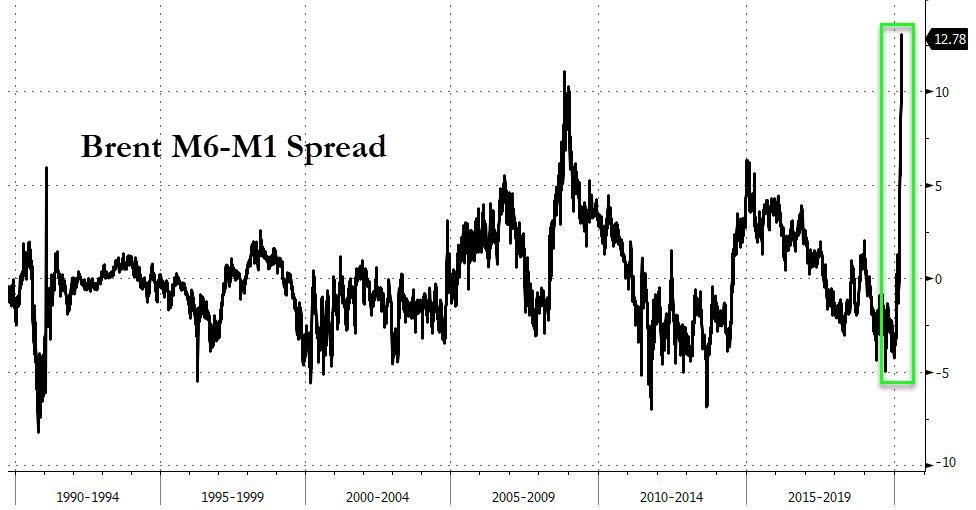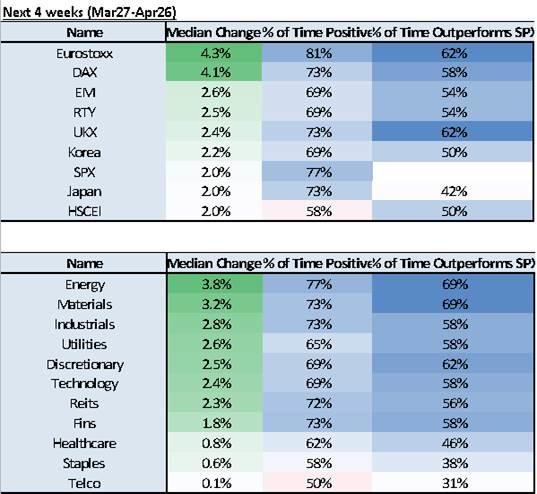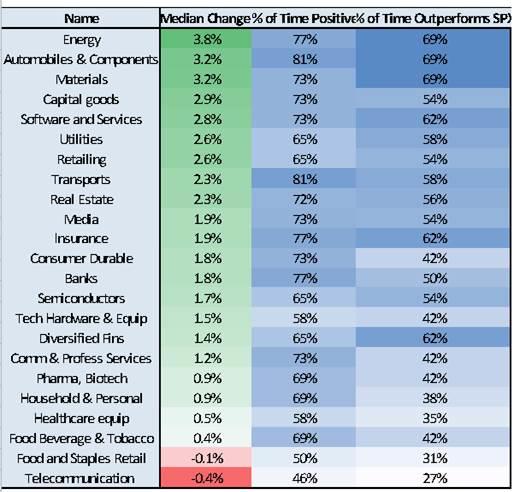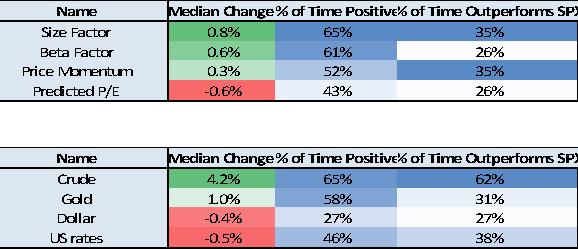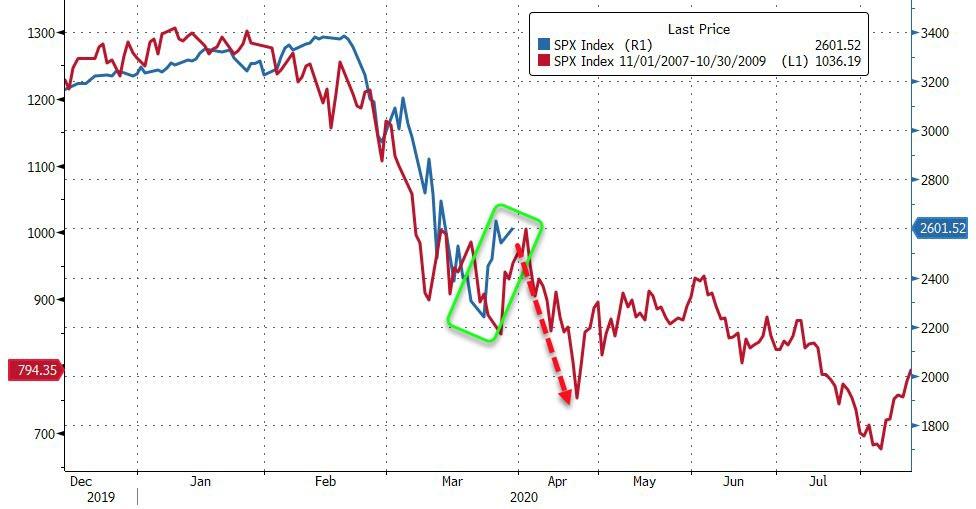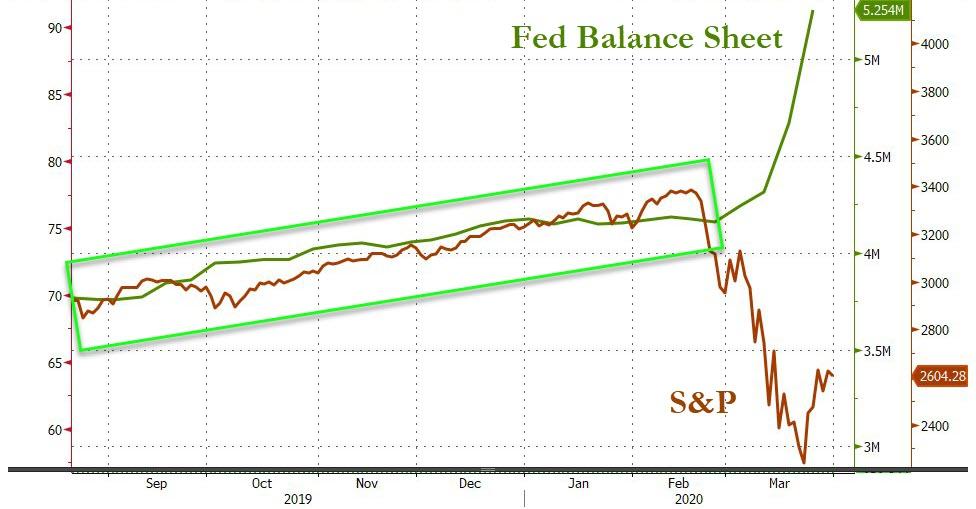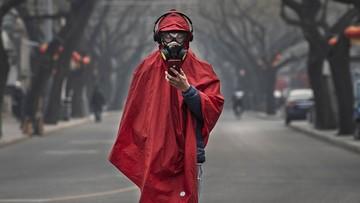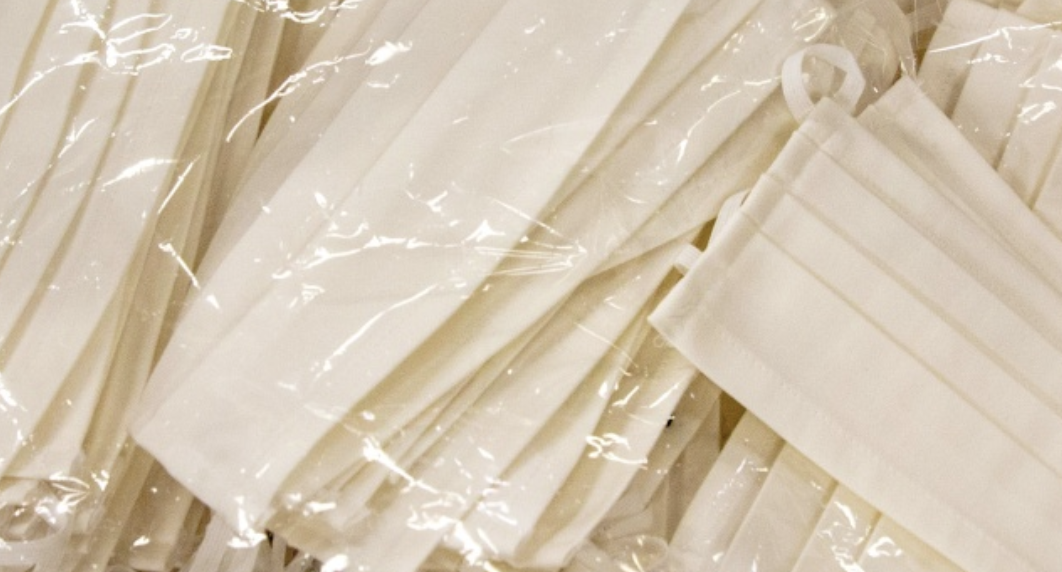Last week, Rep. Thomas Massie (R–Ky.) became the most-hated man in Washington when he unsuccessfully tried to force a recorded vote in the House of Representatives on the $2 trillion Coronavirus Aid, Relief, and Economic Security (CARES) Act. House Speaker Nancy Pelosi (D–Calif.) and House Minority Leader Kevin McCarthy (R–Calif.) denounced him while President Donald Trump called him “a third rate Grandstander.” Seconding Trump’s characterization on Twitter, former secretary of state and Democratic presidential candidate John Kerry averred, “Congressman Massie has tested positive for being an asshole.”
In an exclusive interview with Reason, Massie, a libertarian-leaning Republican who entered Congress in 2012 with the backing of the Tea Party movement, explains his insistence that House members should have cast on-the-record votes on the single-biggest spending bill in U.S. history and calls out his critics. Referring “to John Kerry’s tweet that I tested positive for being an a-hole,” Massie tells Nick Gillespie, “I would just say at least I haven’t been symptomatic since birth.”
Brushing aside health concerns for his House colleagues, Massie notes that the Senate, whose members are on average much older than those in the House, voted in person for the spending bill. “You’re telling me that a congressman who makes $174,000 a year and has a really good healthcare plan paid for by the taxpayer can’t come to work when the Constitution compels them,” asks Massie rhetorically.
The CARES Act passed on a voice vote, meaning that there is no record of who voted in favor of or against the legislation (Massie adds bitterly that officials claim it passed unanimously). It was quickly signed into law by President Trump. Massie says that he knows several members besides himself who would have voted against it and name-checks Justin Amash (I–Mich.), Ken Buck (R–Colo.), Alex Mooney (R–W. Va.), and Andy Biggs (R–Ariz.) as others he says were solid no votes. He adds that several “Bernie bro” members recognize that the CARES Act is “cronyism on steroids” but isn’t sure they would have voted the bill down given the opportunity.
In a wide-ranging discussion about the public health and economic responses to COVID-19, Massie says that the federal government, especially the Centers for Disease Control and Prevention and the Food and Drug Administration first failed to anticipate and contain the pandemic and now continue to get in the way of allowing local and state governments and the private sector to respond effectively. “When we were attacked at Pearl Harbor, did we come up with a $2 trillion stimulus package,” he asks while criticizing the CARES Act. “Or did we declare a war on our enemies? We declared war on our enemies. Why have we not declared war on this virus? Why is our first instinct to make sure that the rich people is to keep all their riches? We need to be fighting the virus. So let’s do a Manhattan project against this virus. Let’s do a Manhattan project that comes up with a 3D-printed a ventilator, right? Let’s do a Manhattan project that figures out how to get everybody a week supply of masks.”
Despite the passage of a $2 trillion spending bill and his belief that another massive spending bill will almost certainly be introduced over the coming months, Massie still believes that the anti-spending energy that propelled the Tea Party movement and helped bring him to Congress in the first place is still alive. He notes that after he first announced his dissent to the CARES Act and his insistence that regular order be observed in voting for the legislation, he started receiving support from people around the country who respected what he was doing.
“You’ve got government telling you when to go to work and how long to work and what things you can buy and what you can’t buy. That’s central planning on steroids,” observes Massie. “When this is over… [I hope we will see] the aspects of this that saved us were free market and innovation and individuals and not the government. Maybe when this is over with, people will have less confidence in the government. A realistic view of what government’s role is.”
from Latest – Reason.com https://ift.tt/3bEQWK7
via IFTTT
